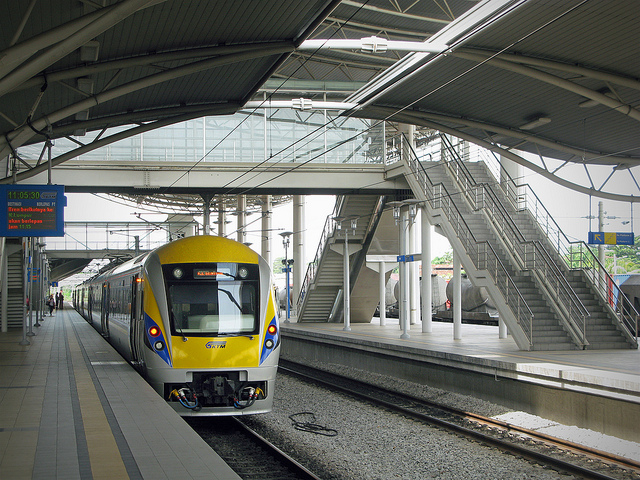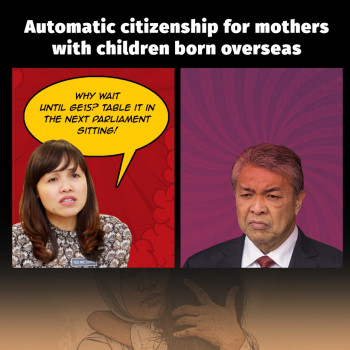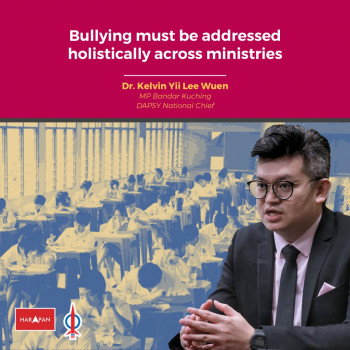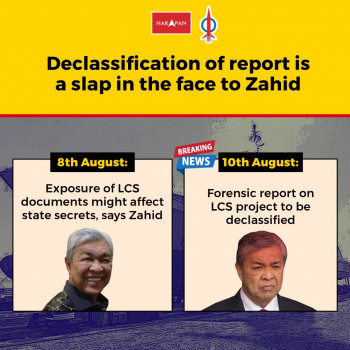By S.Ramakrishnan, Johor DAP Deputy Chairman
 According to a press release issued on 16 April, 2014 by market research agency Nielsen, Malaysia has the third-highest rate of car ownership in the world, with 93% of households owning a car. That is to say, only 7% of Malaysian households do not own cars.
According to a press release issued on 16 April, 2014 by market research agency Nielsen, Malaysia has the third-highest rate of car ownership in the world, with 93% of households owning a car. That is to say, only 7% of Malaysian households do not own cars.
This finding seems a paradox, considering the government’s own statistics of 80% of Malaysian households earning less than RM3,000 per month and entitled to BR1M.
The country with the highest car ownership – 744 cars per 1,000 people – is not well known but is wealthy, a principality called Liechtenstein, located between Austria and Switzerland. Coming in at second place is yet another tiny but wealthy principality, Monaco, with 729 cars. The countries with the highest rate of car ownership are typically small but wealthy and with a small population.
Clearly, with 93% household car ownership, the government has to build more highways and more and more fuel will be burned every year. But our fuel subsidy is set to increase! People have to take loans to purchase highly- priced private cars and having to maintain them will increase their financial burden.
 This has resulted in household debts in Malaysia being one of the highest in the world. Banks provide car loans. And insurance companies, Malaysian car manufacturers and car accessories suppliers have all taken advantage of this vicious system that makes Malaysians poor. But wage earners are stuck in this system that makes them depend on credit facilities and BR1M.
This has resulted in household debts in Malaysia being one of the highest in the world. Banks provide car loans. And insurance companies, Malaysian car manufacturers and car accessories suppliers have all taken advantage of this vicious system that makes Malaysians poor. But wage earners are stuck in this system that makes them depend on credit facilities and BR1M.
And, unfortunately, public bus transportation and the Malaysian railways are in the doldrums. Public buses are virtually non-existent in many small towns. The MRT is available only in KL and not in other major towns.
Commuter trains serve limited areas. The government did not develop an alternative transport system all this while. In many countries, including the one down south, commuters do not need to own cars. In Europe, even Parliamentarians take the commuter trains to attend parliamentary meetings. There are countries where people use cable cars, light rail systems and buses. In places like Bangkok, ferries are used as a means of transport.
Alas, in Malaysia it is all about producing more Proton and Perodua cars. And to protect them, we have increased the taxes on foreign cars. The government builds more highways with tolls via crony companies and gives loans and subsidies to them. Financial institutions provide easy loans to purchase cars and the government gives out more taxi licences.
When the government was saddled with KTM and didn’t know what to do with it, it privatised KTM for its cronies. They went on to strip and sell the assets and made a profit.
In Penang, the once-famous ferry service has been neglected. In fact, ferry services can be introduced to transport people around the island, and using terminals built at many popular spots. Instead, the Transport Ministry has proposed the construction of more roads and bridges to transport cars.
Malaysia’s skewed transport policy is financially and environmentally not sustainable and is destined to fail. Budget 2015 failed to address these anomalies in the key priorities of the national transportation policy. Will the government act with urgency and take steps to create an environmentally and financially sustainable transportation system? Without addressing any of these concerns, a mere reducing of the subsidies is a double whammy.
Therefore, the three-tier subsidy rationalisation mechanism is still a long way off from solving the fiscal deficit and the financial strain of Malaysians. But the final solution is simple. Reducing the number of cars on the roads will also reduce a dependence on subsidies.



